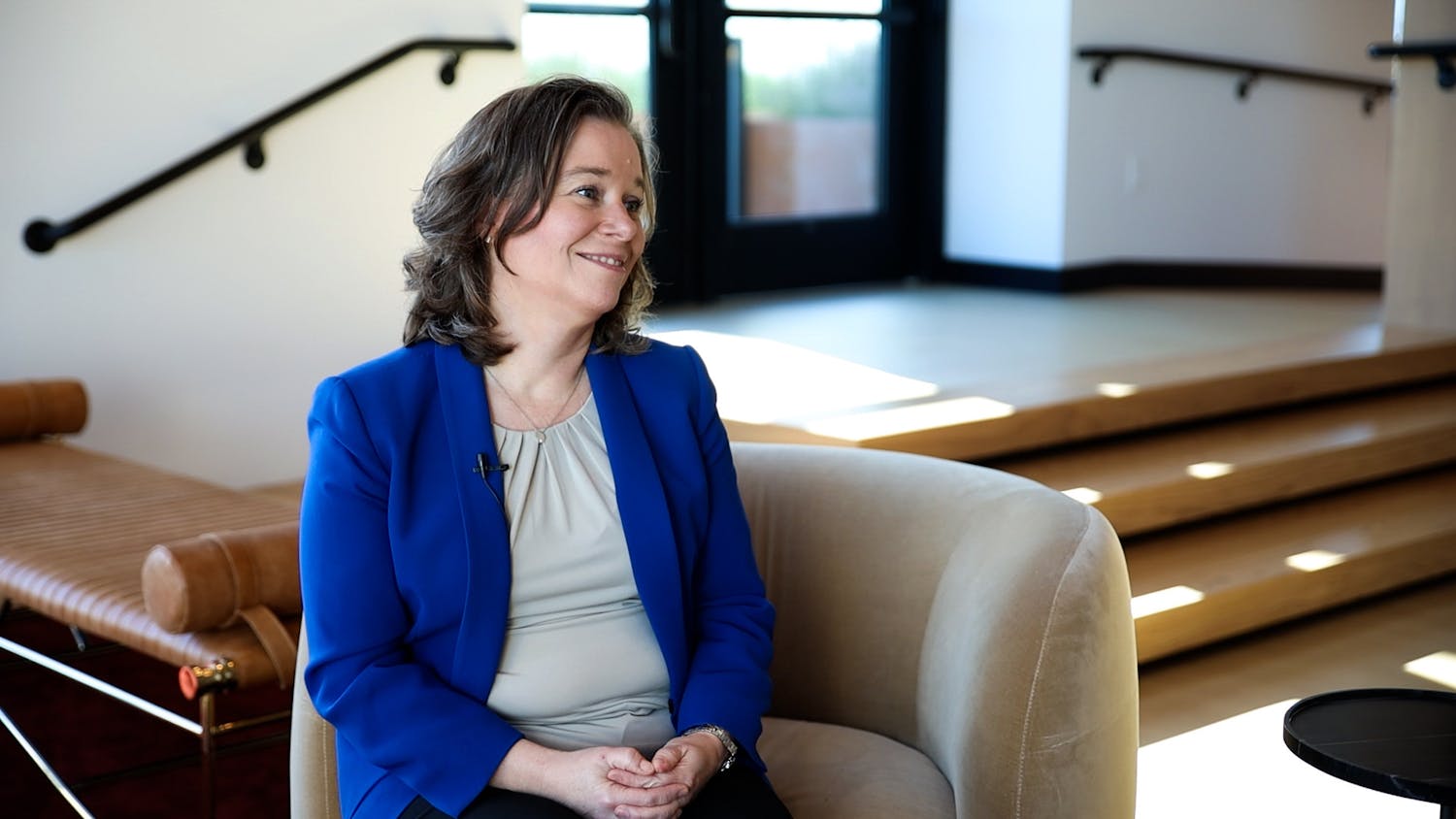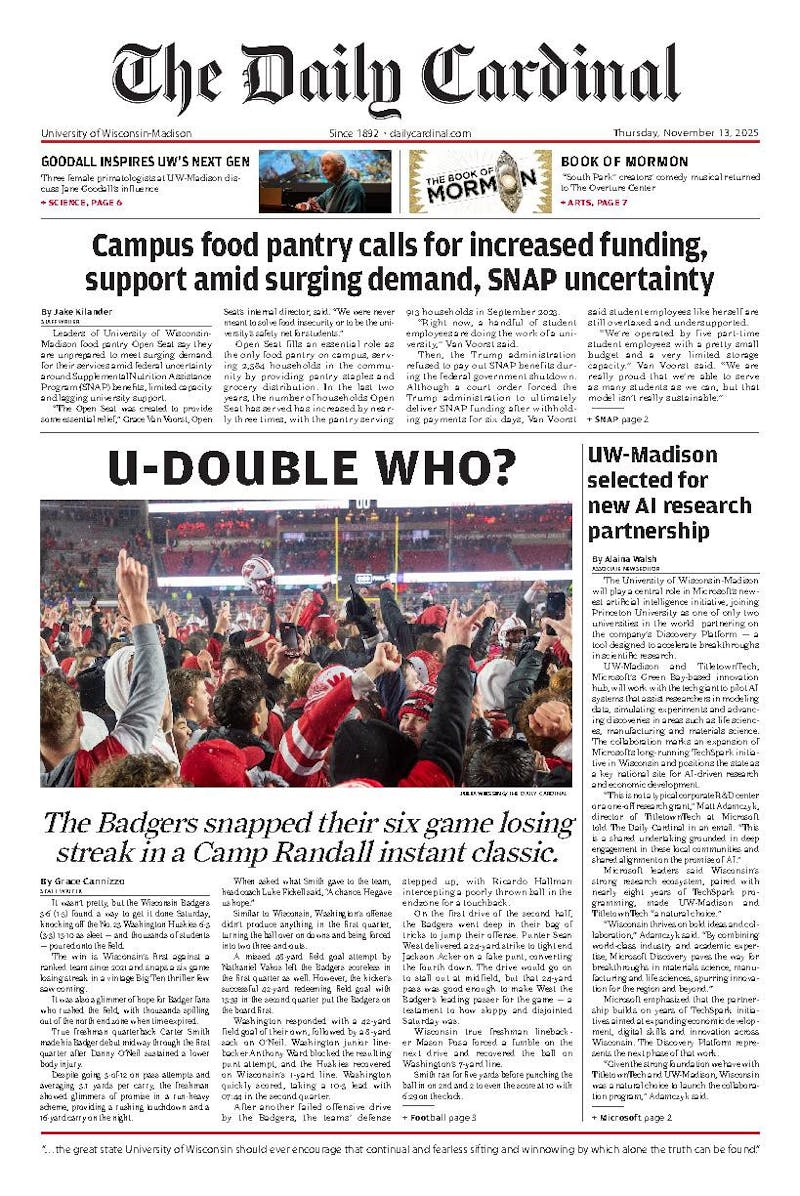The Wisconsin Board of Regents met Thursday to hear from experts on two of the most pressing issues in college life: Tuition and alcohol.
Sandy Baum, a higher education policy analyst from Skidmore College said although the face value for public universities has risen at a rate of 5.6 percent in the last decade, students often do not realize that the net price for college is relatively low and steady.
However, Baum said there is often unequal distribution of financial aid within the system.
""When we think about the problem and why [college] is perceived as unaffordable, we have to think about something other than how much people are paying for tuition,"" Baum said. ""Over half of the grant aid that is given out ... [goes] to students who could afford to pay without it.""
She said it is necessary to question the purposes of aid and whether it is appropriately targeted. The federal government now spends $28 billion on Pell Grants, which are based on financial need, but the amount of students that qualify for aid often do not receive an adequate amount because of high demand.
After Baum discussed students' difficulties paying for college, Brandon Busteed, CEO of alcohol education program Outside the Classroom, talked about students' difficulties staying in it.
Busteed said Wisconsin as a state still ranks No. 1 in binge drinking, with that reputation associated with its flagship university. He urged the Board of Regents and other campus leaders to get involved in addressing the problem.
Statistics show that of students who drink, 50 percent of them spend more time drinking than they spend studying each week, Busteed said. Although there is an increase of non-drinkers coming to college, he said many can feel alienated on campus if they have an exaggerated perception that drinking is the social norm.
""[They could] leave not because they have an alcohol issue, but perceive that the campus has an alcohol issue,"" Busteed said.





